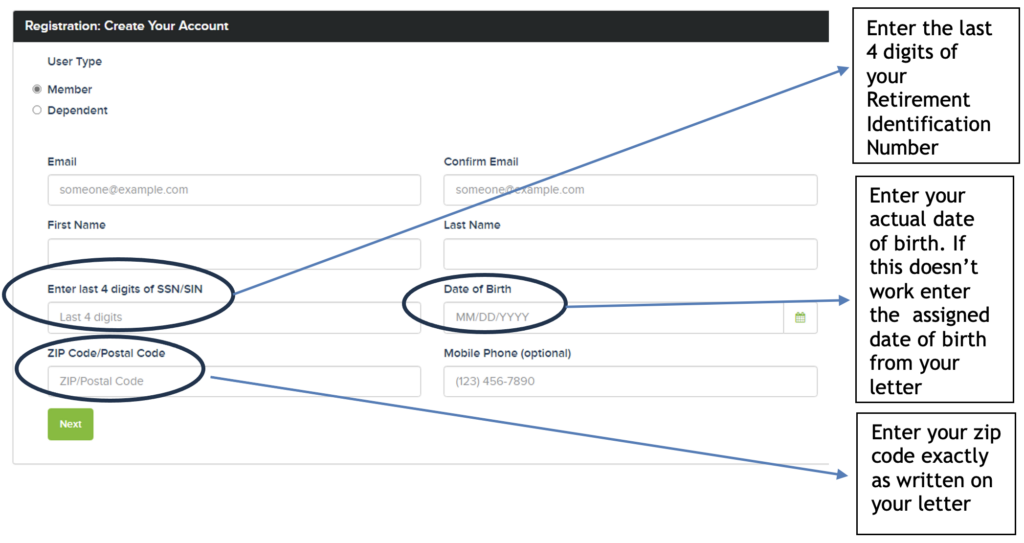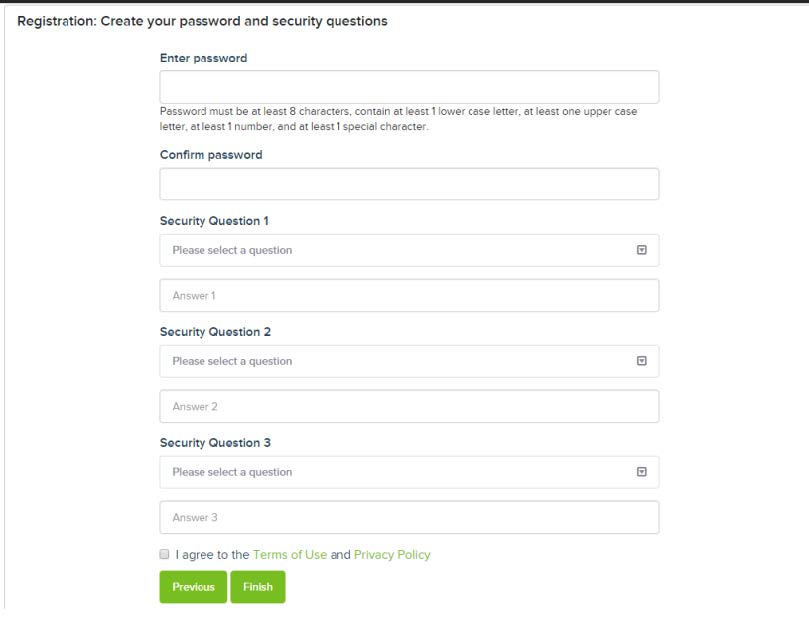Dear Governor Newsom:
We, the CCPU Negotiations Team members, who are mostly comprised of Black and Brown women, are writing to you today in crisis. As California reopens this week and you declare victory over COVID-19, too many women still aren’t going back to work, and thousands of family child care providers remain closed.
We are grateful to see the investment and support for early education proposed by you and the state legislature, recognizing how vital child care is to our economy and well-being. But as we negotiate our first collective bargaining agreement, we need to see action now at the bargaining table. If there’s enough money for 4-and 5-year-olds, there’s enough money for 0-3-year-olds.
Your administration’s current proposals do not address the fundamental economic needs to keep providers’ doors open or address the systemic racism that has kept providers’ pay so low for decades. It will not guarantee sufficient child care capacity for families and does not account for our state’s significant resources nor the decades-long earning inequity we women of color have faced. You, Governor Newsom, can partner with us to fix this now
Child care providers, parents, legislators, and our allies agree: provider pay must increase to match the critical work we do in serving working families, allowing us to make ends meet and maintain our businesses.
So, Governor Newsom, if we want California’s small businesses to reopen fully, what about OUR small businesses?
Do we not deserve to support our families and be compensated like the essential workers we are?
In September 2019, you said this when you signed the bill granting us collective bargaining rights: “Child care providers help our economy by allowing working families and parents to report to work. Creating quality jobs for the child care workforce makes economic and common sense. These workers care for our kids – we need to take care of them.”
That was less than two years ago — what’s changed since then? Especially as family child care providers proved even more vital to our society during the pandemic by allowing health care and other essential workers to do their jobs and ensuring children could learn while schools were physically closed.
So, Governor Newsom, if you genuinely believe what you said in 2019, you will work with us at the bargaining table to raise our rates. Higher pay will help us stay open, grow our industry, and right the historical inequities that have kept our pay far below minimum wage for far too long.
Let’s work together to ensure all California working families have access to high-quality, affordable child care.
Sincerely,
The Child Care Providers United Negotiations Team
Rahmo Abdi – San Diego
Max Arias – Chief Negotiator
Shaunte Brown – San Diego
Keenan Davis – Los Angeles
Guillermina Garduno – Imperial
Sylvia Hernandez – Los Angeles
Lucrece Lester – Contra Costa
Charlotte Neal – Sacramento
Rasiene Reece – San Bernardino
Claudia Valladares – Imperial
Verlinda Walker – Los Angeles
Miren Algorri – San Diego
Kim Bailey – Los Angeles
Rosa Carreno – Santa Clara
Justine Flores – Los Angeles
Gabriela Guerrero – Imperial
Saul Hurtado – Los Angeles
Yessika Magdaleno – Orange
Annette Nicholson – San Joaquin
Zoila Toma – Los Angeles
Owen Velez – San Francisco
Claudia Alvarado – San Benito
Christine Benevedes – Tulare
Deborah Corley – Kern
Celeste Gatewood Galeno – Tulare
Nancy Harvey – Alameda
Jackie Jackson – Los Angeles
Patricia Moran – Santa Clara
Deanna Robles – Los Angeles
Horace Turner – Stanislaus
Georgina Villegas – Imperial




